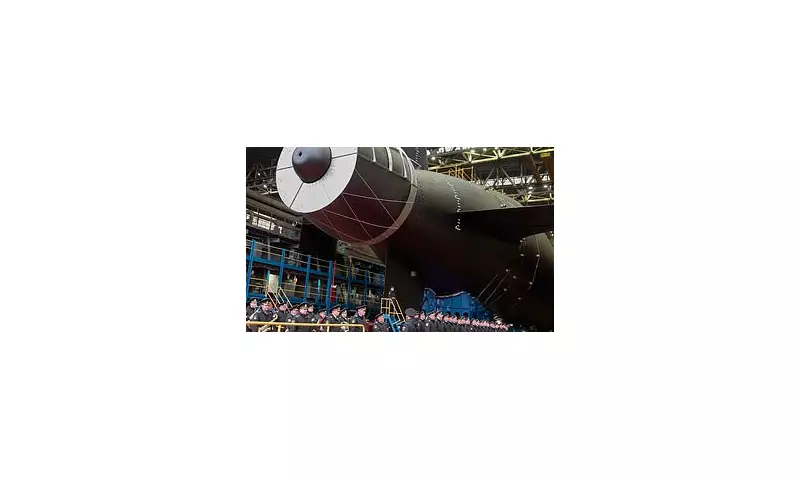
In a dramatic display of military might that will send shockwaves through international defence circles, Vladimir Putin has unveiled Russia's latest nuclear submarine - a vessel specifically engineered to carry what experts are calling an 'apocalypse weapon'.
The Underwater Behemoth
The K-329 Belgorod submarine represents one of the most formidable additions to Russia's naval arsenal in decades. Stretching nearly two football fields in length, this nuclear-powered colossus is unlike any conventional submarine currently operational.
What makes this vessel particularly alarming to military analysts is its primary payload: the Poseidon nuclear drone, capable of traversing thousands of miles underwater before detonating near enemy coastlines.
Weapon of Unprecedented Destruction
The Poseidon represents a terrifying evolution in nuclear warfare technology. Unlike traditional ballistic missiles, this unmanned underwater vehicle operates with stealth and persistence that could potentially bypass existing defence systems.
Military experts warn that the weapon's intended effect goes beyond conventional nuclear blasts. By detonating in coastal waters, it could generate massive radioactive tidal waves capable of devastating port cities and rendering vast coastal regions uninhabitable for decades.
Strategic Implications
The timing of this revelation comes amid heightened tensions between Russia and Western powers. Defence analysts suggest this represents a shift toward what Moscow calls 'asymmetric capabilities' - weapons designed to counter perceived advantages in conventional military strength.
This development raises serious questions about the future of nuclear deterrence and arms control agreements, with several nations likely reassessing their own strategic defence postures in response.
International Reaction
While Russian officials describe the system as a necessary deterrent, Western governments have expressed deep concern about the weapon's potential to destabilise global security arrangements and potentially lower the threshold for nuclear conflict.
The deployment of such systems represents a significant challenge to existing non-proliferation efforts and could trigger a new phase in undersea arms competition between major powers.





